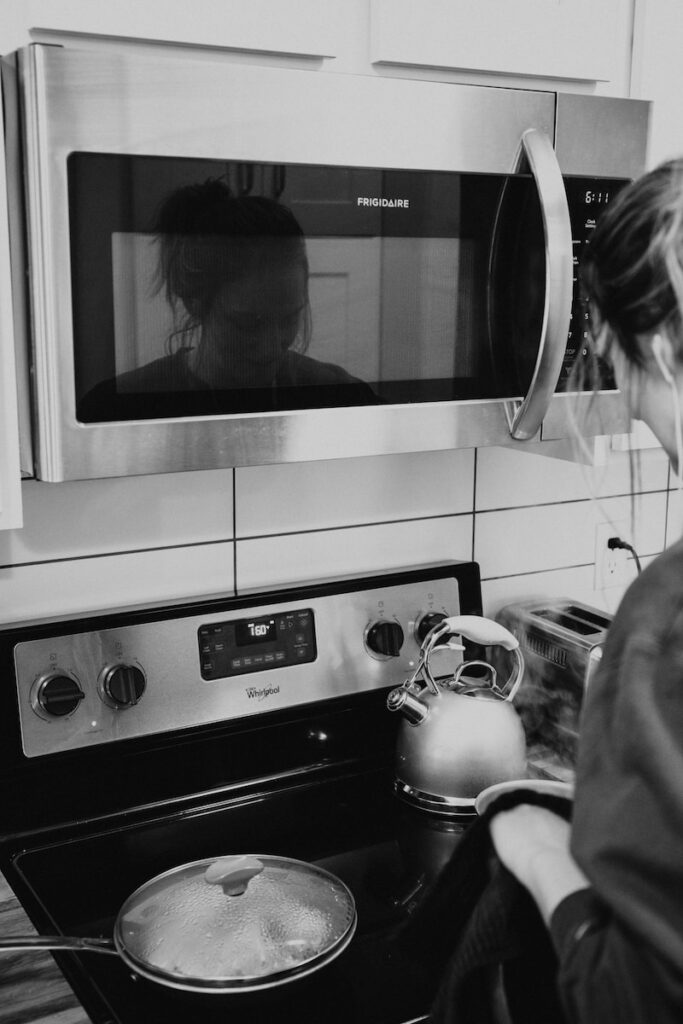Why You Shouldn’t Microwave Plastic
Plastic is a synthetic or semi-synthetic material that’s durable, lightweight, and flexible. It’s used to make a variety of products, including food storage containers, beverage containers, and other dishes1. However, microwaving plastic can be harmful to your health.
Types of Plastic
Plastic is made up of long chains of polymers, which contain several thousand repeating units called monomers1. There are seven types of plastic, each with different applications1:
- Polyethylene terephthalate (PET or PETE): soda drink bottles, peanut butter and mayonnaise jars, and cooking oil containers.
- High density polyethylene (HDPE): detergent and hand soap containers, milk jugs, butter containers, and protein powder tubs.
- Polyvinyl chloride (PVC): plumbing pipes, electrical wiring, shower curtains, medical tubing, and synthetic leather products.
- Low density polyethylene (LDPE): plastic bags, squeeze bottles, and food packaging.
- Polypropylene (PP): bottle caps, yogurt containers, food storage containers, single-serve coffee capsules, baby bottles, and shaker bottles.
- Polystyrene or Styrofoam (PS): packing peanuts and disposable food containers, plates, and disposable cups.
- Other: includes polycarbonate, polylactide, acrylic, acrylonitrile butadiene styrene (ABS), fiberglass, and nylon.
The Concerns
The main concern with microwaving plastic is that it can cause additives to leach into your foods and beverages1. The primary chemicals of concern are bisphenol A (BPA) and phthalates1. These chemicals are used to increase the flexibility and durability of plastic but have been linked to obesity, diabetes, and reproductive harm1.
BPA is found mostly in polycarbonate (PC) plastics (number 7), which have been widely used since the 1960s to make food storage containers, drinking glasses, and baby bottles1. Microwaving plastic can release harmful chemicals like BPA and phthalates into your foods and drinks1.

"Safety should always be a priority when it comes to handling food and using kitchen appliances."

The Risks
Exposure to these harmful chemicals can disrupt your body’s hormones and has been linked to various health issues1. BPA has been associated with obesity, diabetes, and reproductive harm1. Phthalates have also been linked to similar health risks1.
The Bottom Line
To minimize your exposure to harmful chemicals from plastic:
- Avoid microwaving plastic: Microwaving plastic can cause additives to leach into your foods and beverages1.
- Use microwave-safe alternatives: Opt for glass or ceramic containers when heating food in the microwave2.
- Check recycling codes: Look for the recycling triangle with a number on plastic products. Avoid microwaving plastics labeled with numbers 3 or 71.
- Follow FDA guidelines: Only use clearly indicated “microwave safe” plastic containers that have been labeled accordingly2.
By following these guidelines, you can reduce your exposure to harmful chemicals while using the microwave.
Remember: Safety should always be a priority when it comes to handling food and using kitchen appliances.
